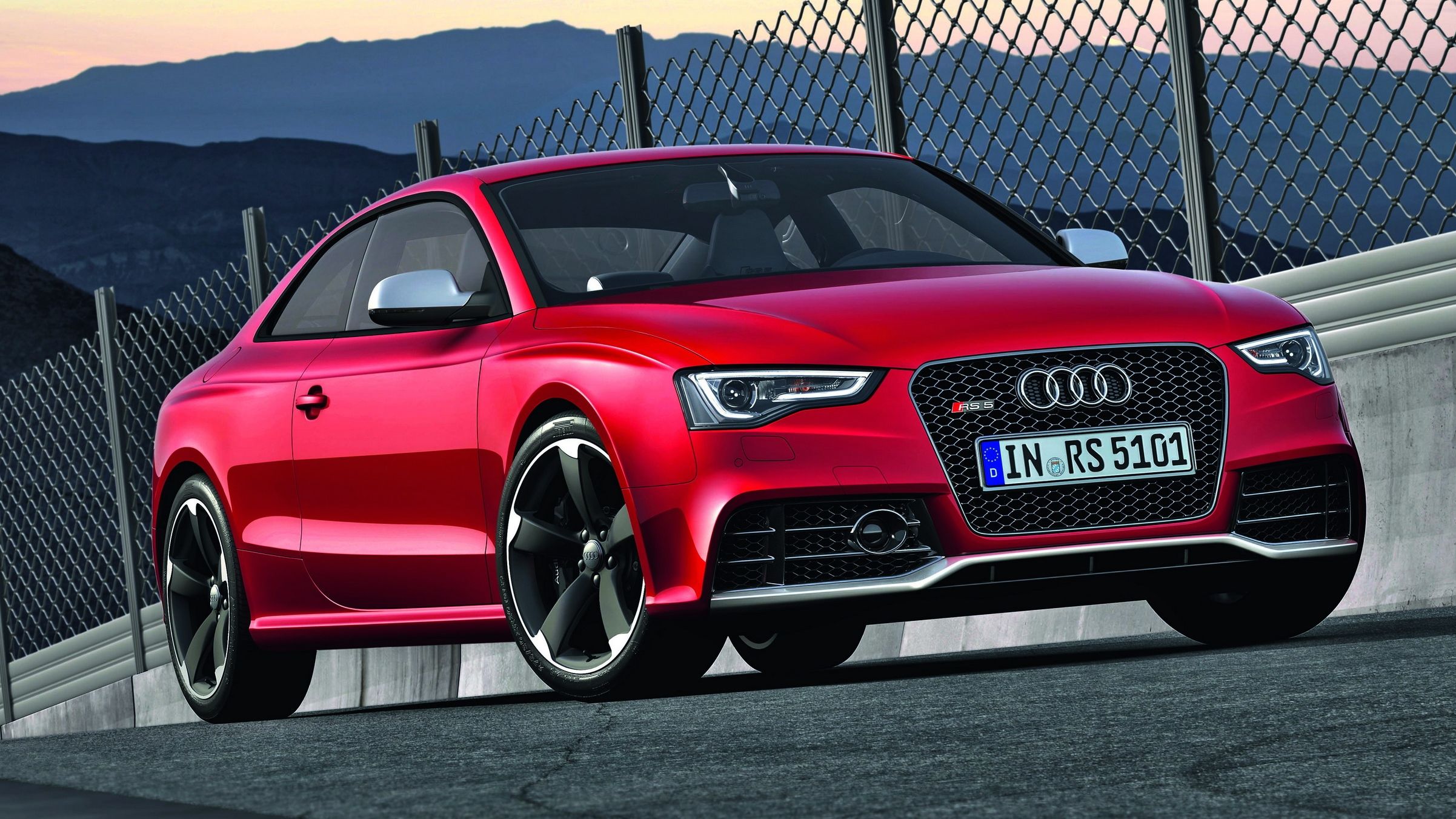With the looming CAFÉ standards in the U.S. and the stringent, new European exhaust-emission regulations set to tighten up in 2020, Audi->ke14 is looking to electricity for help. By 2021, all new cars sold in Europe must put out less than 95 grams of CO2 per kilometer. This roughly equates to vehicles achieving 4.1 liters per 100 kilometers, or 57 miles per gallon in terms of fuel consumption. Stringent indeed.
Leading the charge for electrification in Audi’s RS performance lineup is its tuning partner quattro. Heinz Hollerweger, quattro’s Managing Director, mentioned more than a few things in an interview with Australia’s Motoring.com.
"I don't think . But when we reduce below 100g/km, we have to add some kind of electrification," he says. Of course, Hollerweger would not divulge details as to what sort of electrification or hybrid->ke147 system Audi would employ to reduce vehicle consumption and CO2 output.
"We could not exclude electrification, we would not exclude electrification. It is a technology->ke1701 that gives also some additional performance," he continued, then mentioning that electrically driven turbos and super capacitors are both possibilities.
Thankfully these types of hybrid systems don’t necessarily spell the end to the Audi RS brand’s traditions. "There's no technical reasons why there couldn't be a five-cylinder hybrid," he says.
Electrification is an extremely likely scenario in Audi’s future, but there is yet another alternative. Diesel-powered RS models is an idea that’s also been thrown around. " an interesting field we are now dealing with," he remarked, but "no actual decision" has been made in regards to diesel power.
Click past the jump to read more about Audi's future RS models.
Why it matters
Automakers have a huge hurdle ahead and must work quickly to develop vehicle powertrain systems that meet or exceed the strict, new standards. Hybrid systems, diesel engines, electric turbos, and even super capacitors offer options, but figuring out the best cost-to-benefit option is often the most difficult aspect.
While this period in automotive history will likely be compared to a friendlier version of the 1960’s Space Race, the overall benefits will be worthwhile. Vehicles will achieve better fuel economy and emit less CO2, but will likely cost more than their conventional internal combustion counterparts of today.
2015 Audi R8 E-Tron
The Audi R8 E-Tron is an early example of what we can expect from Audi. The all-electric supercar has a range of 280 miles, and produces 376 horsepower and more than 500 pound-feet of torque. Despite the additional 500 pounds in weight over the V-10 R8, the E-Tron will hit 60 in just 4.2 seconds.
While the E-Tron is more of an experiment than a production car, despite a few hundred examples likely making their way into customer hands, the E-Tron creates a solid starting point from which Audi can springboard.

